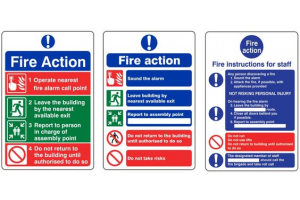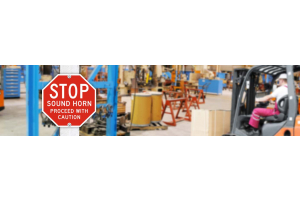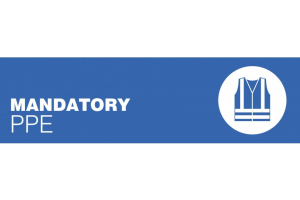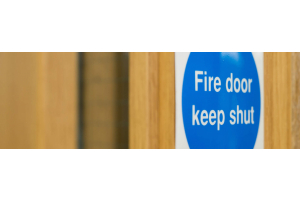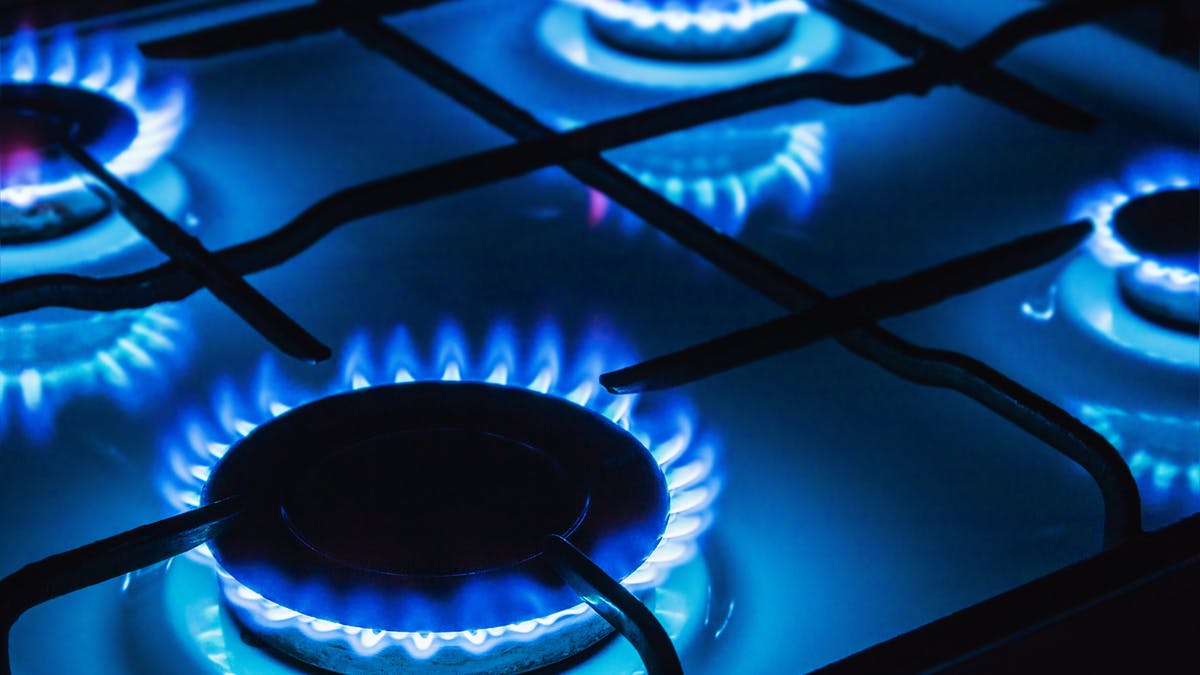
This article covers the safe use of solid fuel appliances – such as tandoori ovens, charcoal grills and wood-fired pizza ovens in commercial kitchens. It is concerned mainly with the risks associated with exposure to carbon monoxide gas. The risk to workers is well known but there have also been reports of carbon monoxide exposure involving members of the public. These cases involved exposure in domestic properties neighbouring commercial catering premises using solid fuel appliances. Following the advice in this information article will help caterers protect members of the public as well as their workers.
You should read it in conjunction with Ventilation of kitchens in catering establishments, which will help you assess whether your existing ventilation is adequate as well as providing you with advice on planning the ventilation specification for new or refurbished kitchens.
What the law says
The Health and Safety at Work etc Act 1974 The HSW Act places duties on employers to ensure, so far as is reasonably practicable, the health and safety of their employees and that of persons not in their employment, such as customers, who may be affected by their business. This means that both workers and members of the public must be protected from the risk of exposure to carbon monoxide gas, whether your business is in operation or not. The Workplace (Health, Safety and Welfare) Regulations 1992 These Regulations require that employers provide effective and suitable ventilation in every enclosed workplace. This includes kitchens which need ventilation to create a safe and comfortable working environment. Mechanical extraction, via a canopy hood installed over the cooking appliances, can remove the fumes and vapour created by cooking and discharge them to a safe location.
The Control of Substances Hazardous to Health(COSHH)
COSHH applies in commercial kitchens where solid fuel catering appliances are used. The Regulations set out a number of requirements to ensure risk is either avoided or reduced to an acceptable level. Carbon monoxide gas has a workplace exposure limit (WEL) which must not be exceeded. When solid fuel is burned, products of combustion, including carbon monoxide gas, are released. Carbon monoxide is a highly poisonous gas with no taste, smell or colour. Moderate exposure can lead to serious permanent ill-health effects or death.
Children, pregnant women, smokers and people with heart or breathing problems are particularly at risk. The early signs of carbon monoxide poisoning are similar to common ailments such as flu or upset stomach, but can escalate very quickly. Symptoms can include:
- headache;
- abdominal pain;
- nausea/vomiting;
- chest pains;
- breathlessness;
- dizziness;
- visual disturbance;
- erratic behaviour;
- collapse.
Installation and use
There are a number of things to consider in relation to the safe installation and use of solid fuel appliances. Following this guidance will ensure that you can use your solid fuel appliance without risking the health of your workers or customers and will help you comply with the law. When considering obtaining a solid fuel appliance, seek competent advice on all technical matters relating to installation, ventilation, extraction and maintenance.
Organisations such as HETAS, Catering Equipment Distributors Association (CEDA), Catering Equipment Suppliers Association (CESA) and B&ES will be able to provide advice on the requirements for this type of combustion appliance. It is not a legal requirement to seek advice before you buy a solid fuel appliance, but doing so may prevent you from making a costly mistake.
Design
When buying a solid fuel appliance, determine whether your flue/extraction system is designed and constructed from suitable material. Stainless steel, for example, can withstand the corrosive nature of products released during the combustion of solid fuel. However, many kitchen extraction systems are made from galvanised steel, which is liable to corrosion. This could result in leakage of toxic combustion products, such as carbon monoxide, into other parts of the building or into neighbouring properties. If your extraction system is constructed from galvanised steel and you do not intend to replace it, seek competent advice on how this will impact on the nature and frequency of maintenance and inspection work.
The extraction system and its component parts, including any induction fans, should be designed to withstand the high temperature and corrosive effects of any intended flue gases from the cooking appliance. You should ensure there is minimal risk of heat being transferred to any combustible materials close to the flue/ductwork. You should not attempt to alter a gas or electrical appliance to burn solid fuel. Only use appliances that are designed for indoor use. If you intend to use a solid fuel appliance at an outdoor event you should be aware that using it inside a tent or gazebo can expose people to the risk of carbon monoxide poisoning. Ventilation is crucial and you should seek competent advice when deciding where to site barbecues and other portable solid fuel appliances.
Positioning your appliance
When deciding where to site your solid fuel appliance, consider where fresh air is going to enter the room. Avoid areas where there is slow-moving or stagnant air. If the appliance is suitable for use under a canopy, ensure that the products of combustion can be effectively and safely removed (ie the canopy is not so high that it does not collect the combustion gases), and that monitoring equipment is in place to warn of any danger from products of combustion.
Ventilation and extraction
The termination point for the discharge of flue gases should not present any risk to employees or occupants of neighbouring properties. The flue should be located outside the building and terminated at a safe level. Seek advice from your local authority building control department to make sure that you are compliant with the relevant requirements. If you use a solid fuel appliance that has a natural draught flue in a commercial kitchen with a mechanical extraction system fitted, there will be a risk that the products of combustion will be drawn back down chimney or flue into the room. If you choose to have both systems it is very important that they have an equal supply of make-up air to compensate for combustion and removal of combustion products etc.
A competent engineer will be able to advise you on how this can be achieved in your premises. If you intend to use your existing extraction system for any purpose other than that it is designed for, seek competent advice to determine whether it is suitable for the additional/alternate purpose. Maintenance, testing and cleaning.
Extraction systems for commercial solid fuel appliances must be thoroughly examined and tested at least once every 14 months. You must also have an appropriate regular cleaning and maintenance programme to ensure that your extraction system continues to function properly. Maintenance, examination and testing should be carried out by a competent person. Depending on the nature of the extraction system you may also need to use a competent specialist contractor for cleaning.
Monitoring
Carbon monoxide gas can build up very quickly and people can be overcome without warning. You should fit a functioning audible carbon monoxide alarm suitable for use in a commercial kitchen and have procedures in place to deal with evacuation if it goes off. Repeated activation of the alarm indicates a problem which should be investigated by a competent person before the appliance is put back into use. Carbon monoxide detectors should be used and sited in accordance with the manufacturer’s instructions.
If you opt for a battery- rather than mains-operated device you should ensure that the battery is tested periodically, as advised by the manufacturer. If possible, the appliance/alarm should be interlocked with any mechanical ventilation that is fitted. You should introduce robust procedures to make sure that the extraction system fan remains switched on until all solid fuel has been extinguished, even if there is nobody on the premises. This will ensure that people in neighbouring properties are protected from any carbon monoxide that may be leaking from your premises. It will also ensure that the building is safe to enter for the next shift and can be safely accessed out of hours for example, in the event of an emergency.
If you do not wish to keep extraction equipment fans running 24 hours a day, the easiest way to make sure they remain switched on for a sufficient period of time is to interlock them to your carbon monoxide detector.
Selection and storage of fuel
Responsible suppliers/manufacturers will be able to advise you on the type of fuels suitable for your appliance. Only use recommended fuel unless you are certain that your extraction system can safely remove the products of combustion from alternative fuels. By burning only the amount of fuel you need, you will minimise the amount of carbon monoxide produced. This will also help to keep your costs down. Solid fuel should be stored in a dry and ventilated area. Requirements may vary depending on the quantity and type of fuel. Refer to the manufacturer’s or supplier’s storage instructions for specific advice.
Information, instruction and training Everyone who works for you needs to know how to work safely and without risks to their health. You must provide clear instructions, information and adequate training for your workers on:
- the risks they face;
- measures in place to control risks;
- how to follow any emergency procedures.
It is particularly important to consider the training needs and supervision of:
- new recruits and trainees;
- young people who are particularly vulnerable to accidents;
- people taking on new jobs or new responsibilities;
- health and safety representatives, who have particular laws relating to them.
You must ensure that employees are made aware of the risks and control measures required to operate the appliance safely and make sure that they are aware of the signs and symptoms of carbon monoxide exposure.
